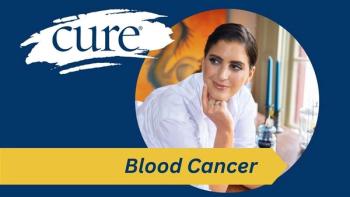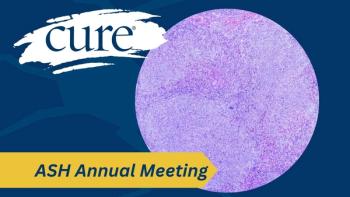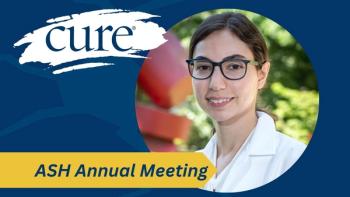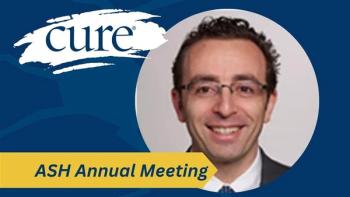
- Hematology Special Issue (March)
- Volume 1
- Issue 1
Waiting for the Next Breakthrough: Living With a Chronic Blood Cancer
"Neither feels guilty about surviving — although both have had plenty of reminders that they’re dealing with cancer — and both have found ways to continue enjoying life."
LIVING ON OPPOSITE SIDES of the country, Larry Saltzman and George Leder have never met, but have a lot in common: both received their cancer diagnoses in January 2010, both were diagnosed with more than one cancer, and both have hopped from one treatment to another to stay one step ahead of their cancers. They have adapted to living with a chronic blood cancer that will likely be with them for the rest of their lives. Neither feels guilty about surviving — although both have had plenty of reminders that they’re dealing with cancer — and both have found ways to continue enjoying life. “There were points in my journey over the past seven years where it came into my head every 30 seconds, ‘You have cancer,’ and now, it’s less for sure,” says LARRY SALTZMAN, diagnosed with CML in 2010, managed to run three halfmarathons in 2016.
Saltzman, M.D., a 63-yearold former family physician from Sacramento, California, who has atypical chronic lymphocytic leukemia (CLL) and small cell lymphocytic lymphoma. He responded initially with shock, sadness and feeling a bit sorry for himself, followed immediately by wanting to know his timeline. And now? “Lately, I guess I’m feeling so good about things that on rare occasions, I forget to take the pills out of the medicine cabinet first thing in the morning.”
But it’s a give-and-take, he adds. “My quality of life is good. I work, work out, see my family and we travel,” he says. “I don’t have the worst, and I don’t have the best.” He feels lucky, having lost friends to pancreatic cancer and his sister to breast cancer, and he knows he’s fortunate to have a health insurance plan that adequately covers his expensive treatments. He’s been able to visit the Grand Canyon, but still yearns to visit India, which his doctors have nixed because the risk of encountering life-threatening germs is too great. A former marathon runner, he managed to run three half-marathons in 2016. However, he has had to give up his medical practice. “Just like going to India or eating sushi, a family medical practice is not the most germ-free environment,” says Saltzman. “I had to give up something I was very good at and enjoyed very much.”
Leder, Ph.D., a 72-year-old former organic chemistry professor also has CLL, but it has remained dormant while his body fights multiple myeloma. He also takes occasional hormone shots to keep his prostate cancer under control. All in all, he’s managed to avoid side effects from his treatments. “I haven’t been very good at avoiding these cancers, but I have been pretty good at being treated for them,” he says. “My tolerance seems to be pretty good, which I’m grateful for. I feel absolutely terrific.”
Leder tries to be as active as he can, successfully dodging depression to focus on living life. “Because I generally feel so good, there’s a bit of a disconnect between the way I feel and what I have,” Leder says, so he doesn’t dwell on what he has. “At some point, I imagine, these things will catch up to me, but no one can tell me when.”
He therefore treats cancer as any other chronic illness, like the heart disease he also contends with.
“Don’t get bummed out by the word ‘cancer,’” he says. “Ultimately, it’s just another disease you can be treated for, and you can still wind up having a normal life.” Both he and Saltzman have benefited from new treatments that came out while they were living with their cancers. Saltzman advises others to get plugged into an academic medical center early on so that “if things go south,” they’re already working with people with access to the most current research and clinical trials.
Articles in this issue
almost 9 years ago
Debunking the Myths of Stem Cell Donationalmost 9 years ago
A New Chapter Begins With CMLalmost 9 years ago
Make Multiple Myeloma Clinical Trials More Diversealmost 9 years ago
Zeroing In on CAR T-Cell Therapy




